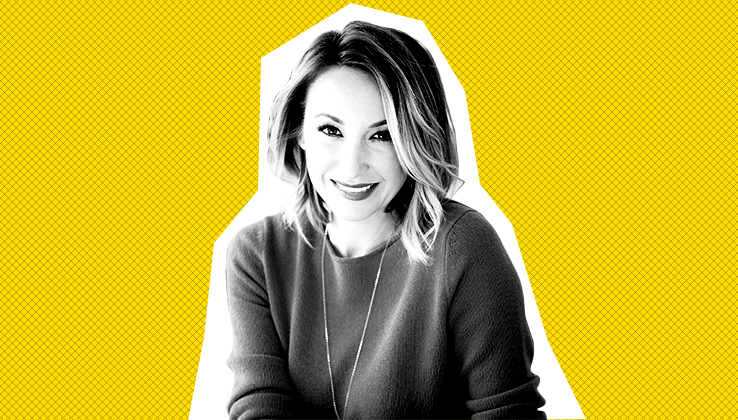
Subscribe: iTunes | Stitcher | RSS
As the new year approaches, media companies are evaluating their misses in 2017 and goals for 2018. It was a tough year for digital media, with Mashable selling for one-fifth of its one-time valuation, BuzzFeed missing its revenue targets and frequent layoffs. At a Digiday Live Podcast event exclusively for Digiday+ members, editor-in-chief Brian Morrissey chatted with Vox Media CMO Lindsay Nelson about where the industry fell short.
“Digital media was drunk on the ability to scale,” Nelson said. “When the business model started changing, the expectations around revenue were wrapped around the scale model. If you could drive big audiences, you could monetize them in a simple way. You could run banner ads on a website that you owned and operated. When the world changed around us, the advertising market started changing. The way the consumers interacted with our audiences changed our business models. Some of us saw that earlier than the others.”
Nelson talked more about media buying, brand safety, the duopoly, digital media companies’ mistakes in 2017, what she expects in 2018 and more. Edited highlights appear below.
Scale still matters
“What doesn’t exist at a lot of places is quality at scale. Of course, an advertiser wants scale and to work with fewer partners. It’s about doing it in a way that they can get customization that they often want or the ability to work with one brand but extend it [to other relevant audiences] across the brand. Every media company has pressure to scale. For a lot of companies, it meant you had to cover a lot of things with inevitably less and less authority. When you do that without a strong brand identity, you are known for nothing. Your business doesn’t fit anywhere.”
The market hasn’t moved toward brand safety
“The conversation happening around brand safety feels in conflict with the investment patterns of marketers right now. The percentage of dollars going into just an audience-only play seems irrational to me. The solution that Google and Facebook provide to clients is incredible cost-efficiency and scale. [Marketers need to] realize that there are alternatives to where to invest those dollars. You can get sophistication against audience targeting, beautiful ad creative against premium publishers in a purely safe environment that you could trust.”
Pooling resources is beneficial
“A lot of portfolio companies where you have a bunch of different assets didn’t have a shared technology infrastructure. Each brand is operating on a different CMS. They might have different ad units, different policies around branded content, sales teams, executive teams. If you have two properties that are in the same category, you’re not only competing with yourself in the marketplace, you’re also double staffing resources that could be shared and leveraged across the entire portfolio.”
Business models have lagged behind the swift pivot to video
“I see pivot to video as a transition that followed consumer patterns. The business model has lagged long behind the content strategy. Video gets higher CPMs in a pre-roll model. Most of us are not seeing the majority of our video growth on our owned and operated platforms. The media companies made a huge bet on Facebook, and it wasn’t able to deliver a viable business model. They became incredibly leveraged on the expense side; they got intoxicated by the billion views game. But to a larger part, the monetization hasn’t been there in platform video.”
More in Media

From sidelines to spotlight: Esports events are putting creators center stage
Esports events’ embrace of content creators reflects advertisers’ changing priorities across both gaming and the wider culture. In the past, marketers viewed esports as one of the best ways to reach gamers. In 2025, brands are instead prioritizing creators in their outreach to audiences across demographics and interest areas, including gaming.

Condé Nast and Hearst strike Amazon AI licensing deals for Rufus
Condé Nast and Hearst have joined the New York Times in signing a licensing deal with Amazon for its AI-powered shopping assistant Rufus.

Media Briefing: AI payouts may be entering a new era
AI compensation is evolving — and new models, not just publisher demands, are driving the shift beyond flat-fee licensing.








